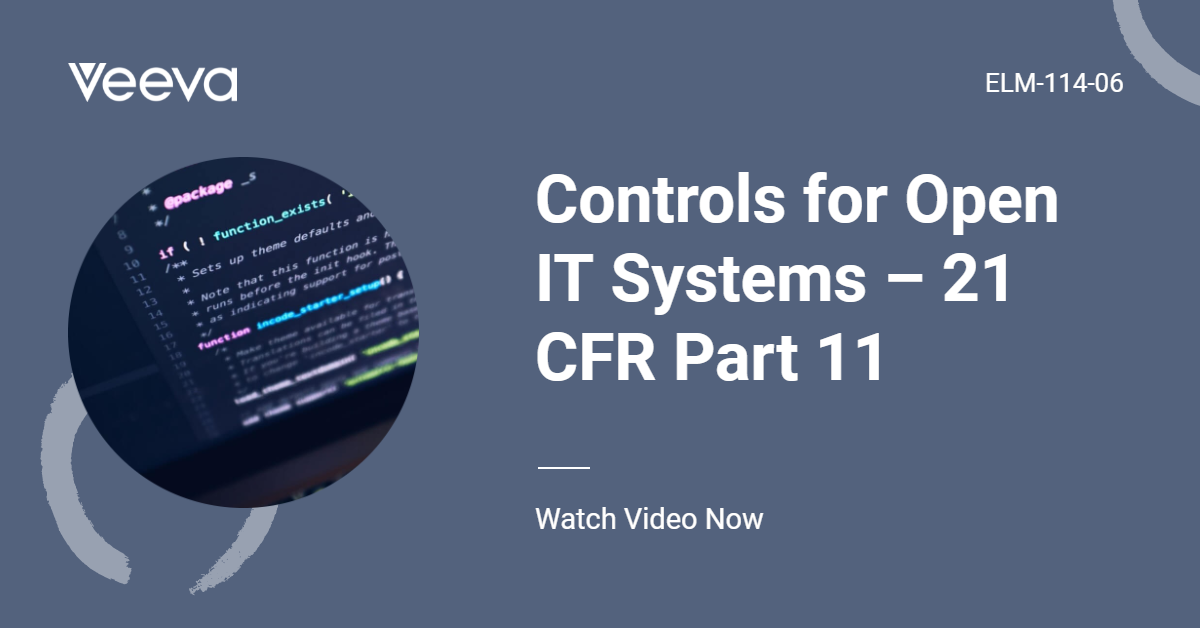The validation of any computer system in a regulated environment is always a tricky task with so many areas to cover. Not only do you have to ensure that the application adheres to 21 CFR Part 11 but it must also be validated to ensure that data integrity is not compromised throughout it’s life cycle.
To help you successfully validate a computer system remember the following:
1. Development Methodology
Select a development methodology that best suits the nature of the system – the risk analysis you do will help decide what level of validation is required.
For example, if you purchase the system from a third party vendor you may be able to leverage some of the testing they have already performed to streamline the effort.
2. Hardware
Select hardware based on capacity and functionality – vendors and IT personnel will guide this part of the process.
3. Opertional Limits
Identify operational limits to establish production procedures
4. Opertional Functions
Identify operational functions associated with the
- Users
- Processes
- Regulations
- Company standards
- safety requirements
5. Worst Case Scenrios
Identify and test worst-case production scenarios
6. Master Validation Plan
Clearly document the validation process and start by creating a master validation plan to define the effort involved
7. Written Procedures
Ensure the availability of written procedures to maintain the validated state of the computer system.





